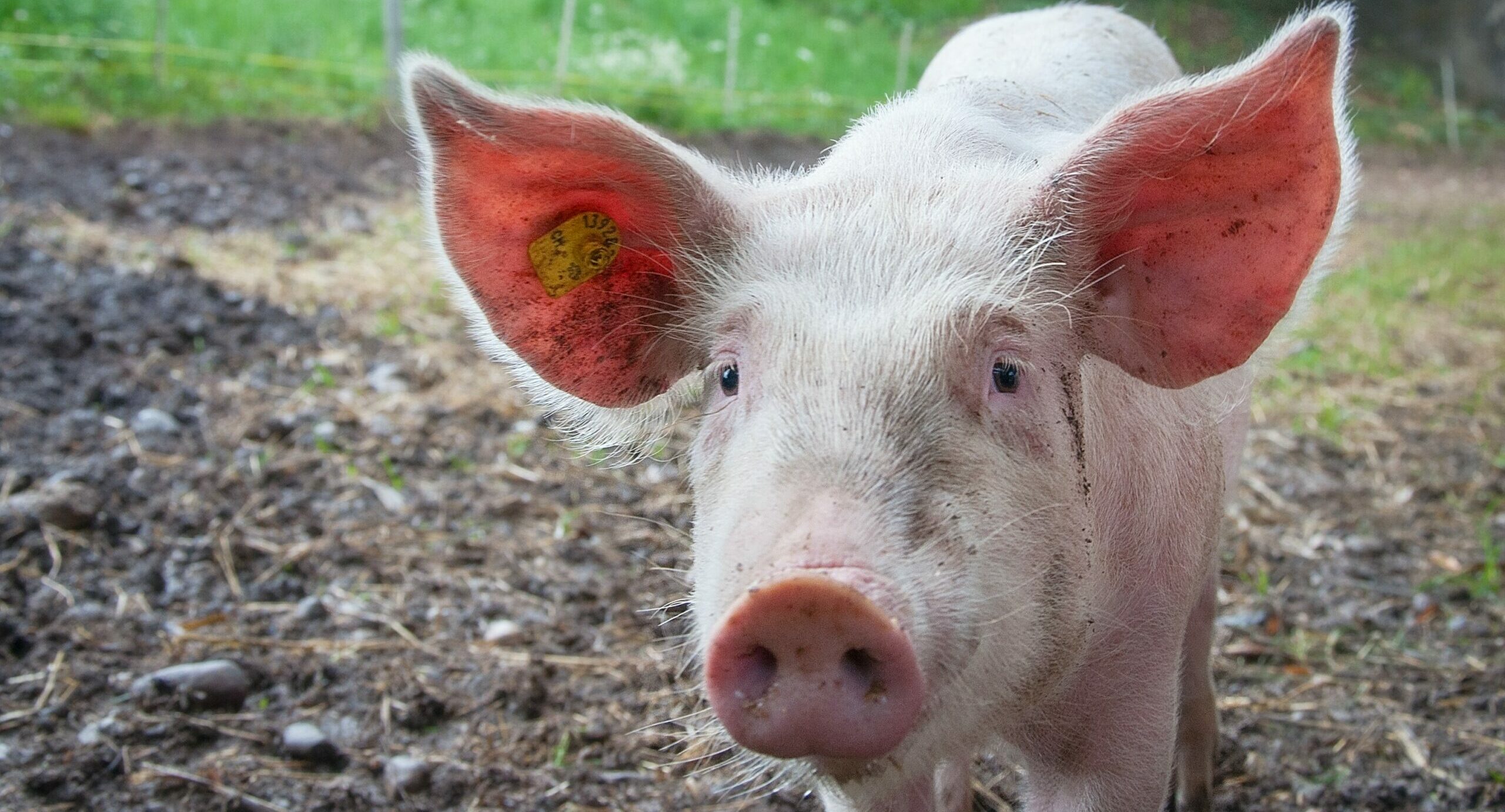
Chinese scientists grow humanized kidneys in pigs
Chinese scientists have successfully created chimeric embryos containing a combination of human and pig cells. When transferred into surrogate pig mothers, the developing humanized kidneys had normal structure and tubule formation after 28 days.
This is the first time that scientists have been able to grow a solid humanized organ inside another species. An article reporting their work appeared earlier this month in the journal Cell Stem Cell.
Researchers from Guangzhou Institutes of Biomedicine and Health focused on kidneys because they are one of the first organs to develop, and they’re also the most commonly transplanted organ in human medicine.
“Rat organs have been produced in mice, and mouse organs have been produced in rats, but previous attempts to grow human organs in pigs have not succeeded,” says senior author Liangxue.
Integrating human stem cells into pig embryos has been a challenge because pig cells outcompete human cells and pig and human cells have different physiological needs. The team’s technique depends on three key components:
- First, they created a niche within the pig embryo so that the human cells would not have to compete with pig cells by using CRISPR to genetically engineer a single-cell pig embryo so that it was missing two genes that are needed for kidney development.
- Second, the researchers engineered human pluripotent stem cells—cells that have the potential to develop into any cell type—to make them more amenable to integration and less likely to self-destruct by temporarily shutting down apoptosis. Then, they converted these cells into “naïve” cells resembling early human embryonic cells by culturing them in a special medium.
- Third, before implanting the developing embryos in surrogate sows, the researchers grew the chimeras in conditions that were optimized to provide unique nutrients and signals to both the human and pig cells, since these cells usually have disparate needs.
Altogether, the researchers transferred 1,820 embryos to 13 surrogate mothers. After either 25 or 28 days, they terminated gestation and extracted the embryos to assess whether the chimeras had successfully produced humanized kidneys.
The researchers collected five chimeric embryos for analysis (two at 25 days and three at 28 days post-implantation) and found that they had structurally normal kidneys for their stage of development and were composed of 50-60% human cells. At 25–28 days, the kidneys were in the mesonephros stage (the second stage of kidney development); they had formed tubules and buds of cells that would eventually become ureters connecting the kidney to the bladder.
The team also investigated whether human cells were contributing to other tissues throughout the embryos, which could have serious ethical implications, especially if abundant human cells were found in neural or germline tissues and the pigs were brought to term. They showed that human cells were mostly localized to the kidneys, whereas the remainder of the embryo was composed of pig cells.
“We found that if you create a niche in the pig embryo, then the human cells naturally go into these spaces,” says senior author Zhen Dai of Guangzhou Institutes of Biomedicine and Health. “We saw only very few human neural cells in the brain and spinal cord and no human cells in the genital ridge, indicating that the human pluripotent stem cells did not differentiate into germ cells.”
